
Ryogoku Kokugikan Tokyo
The iconic Ryogoku Kokugikan, Tokyo's premier sumo arena, offering a deep dive into Japan's national sport and hosting Olympic boxing.
Highlights
Must-see attractions
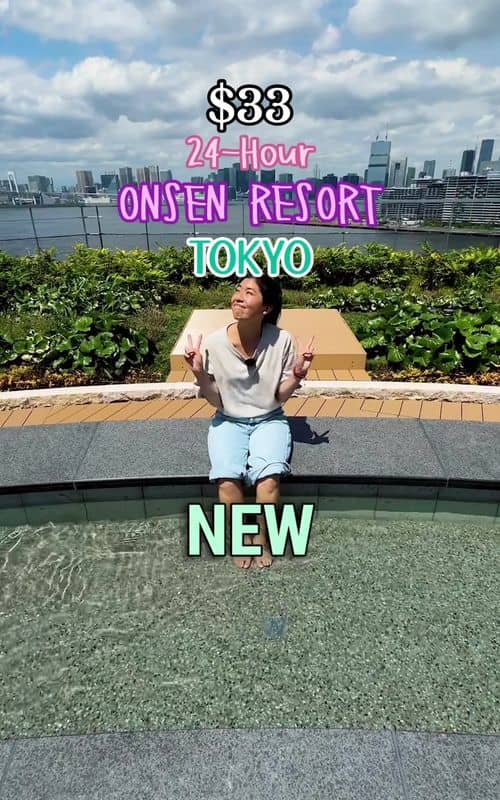
Social
From TikTok & Reddit
Best Time
Fewer crowds, easier tickets

Ryogoku Kokugikan Tokyo
Best Time
Fewer crowds, easier tickets
Highlights
Must-see attractions
The iconic Ryogoku Kokugikan, Tokyo's premier sumo arena, offering a deep dive into Japan's national sport and hosting Olympic boxing.
"An unforgettable cultural immersion into the heart of Japan's national sport."
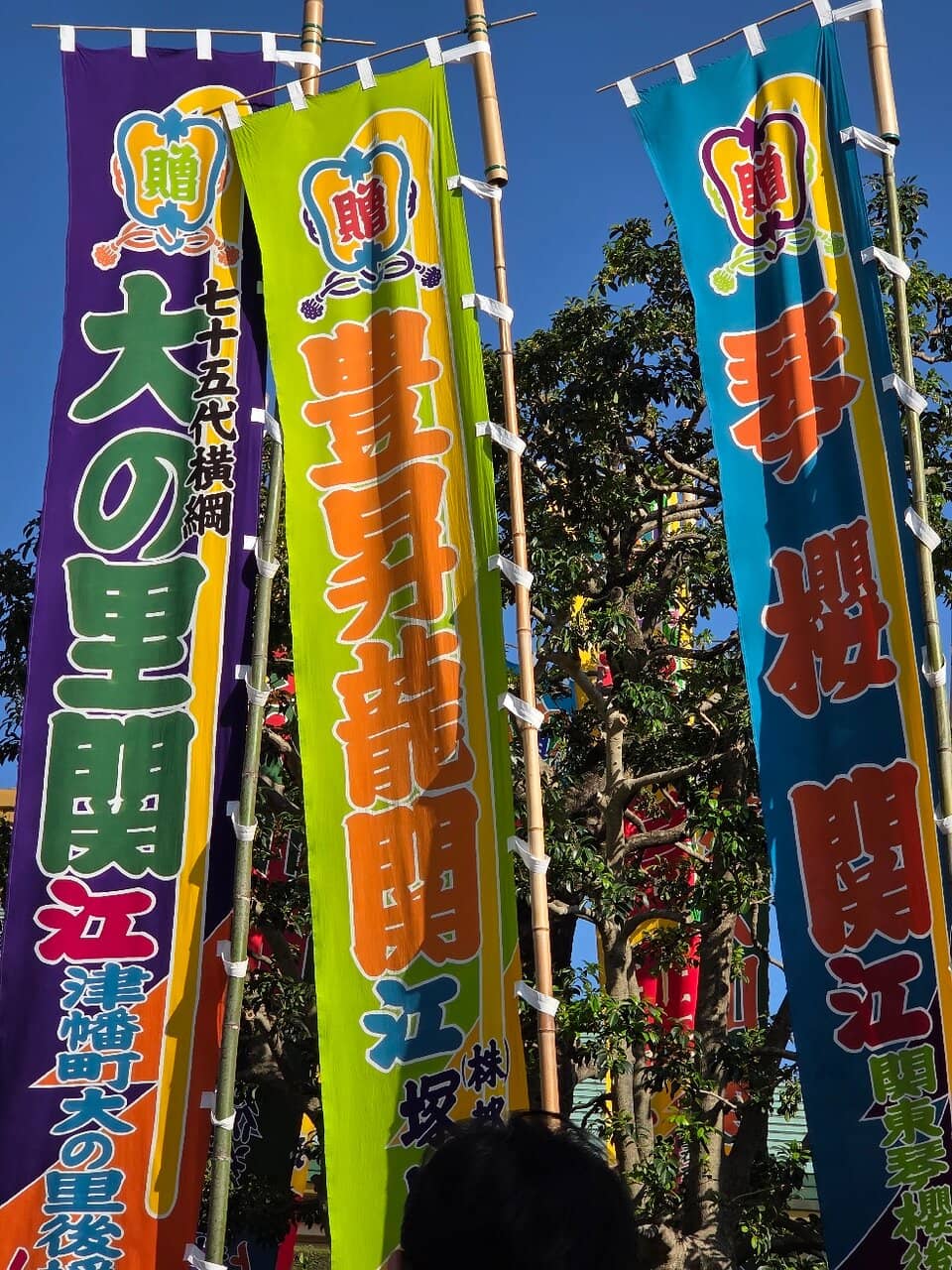
🎟️ Secure Tickets Early
Sumo tickets sell out fast! Buy on sale day from pia.jp/en/ or risk missing out.
🍲 Taste Chanko Nabe
Don't leave Ryogoku without trying sumo stew! Many restaurants offer this hearty dish.
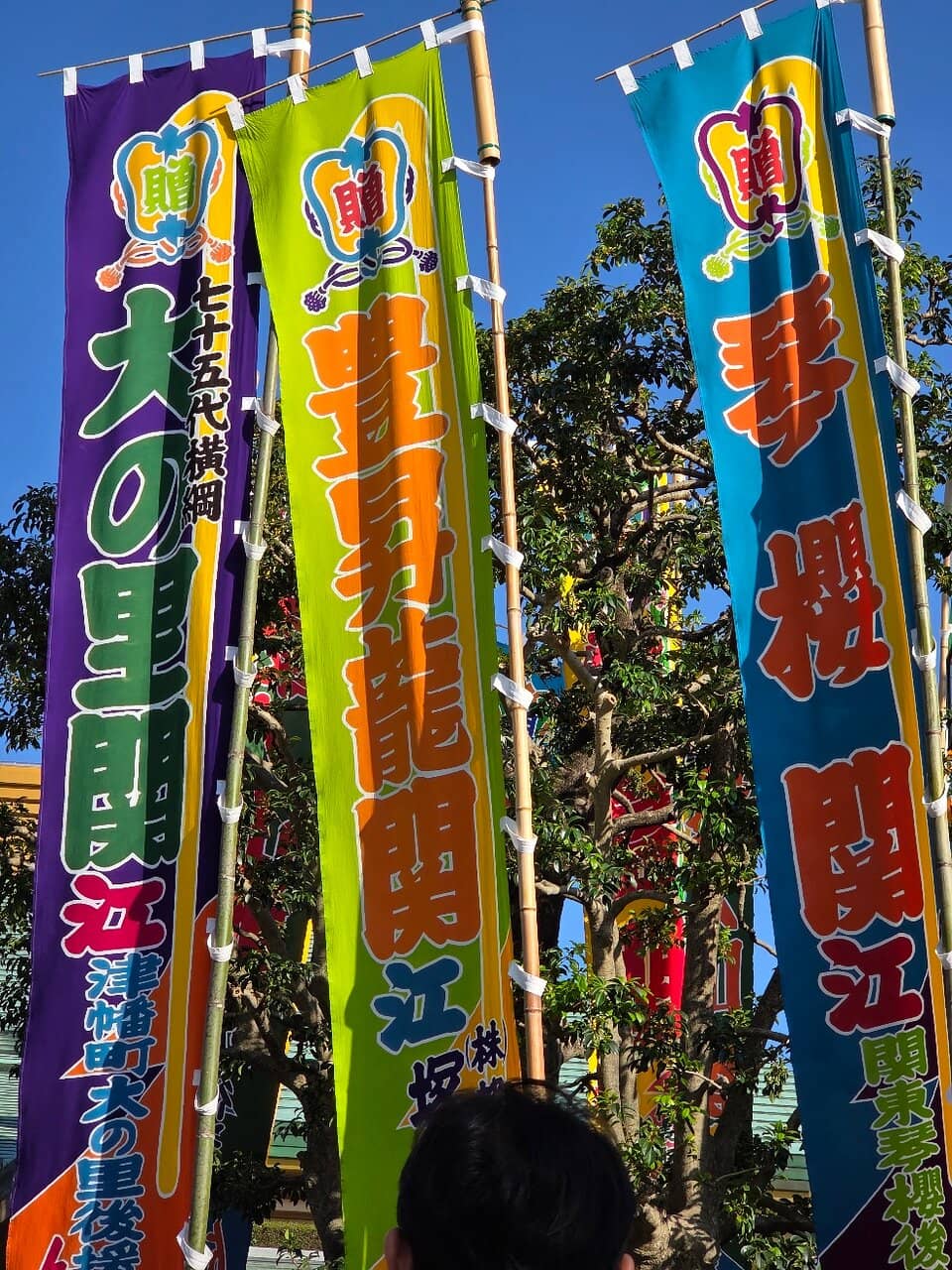
Highlights
Discover the most iconic attractions and experiences

The Dohyo
Main Arena Floor
The sacred clay ring where sumo wrestlers battle. Feel the intense energy and tradition of Japan's national sport.
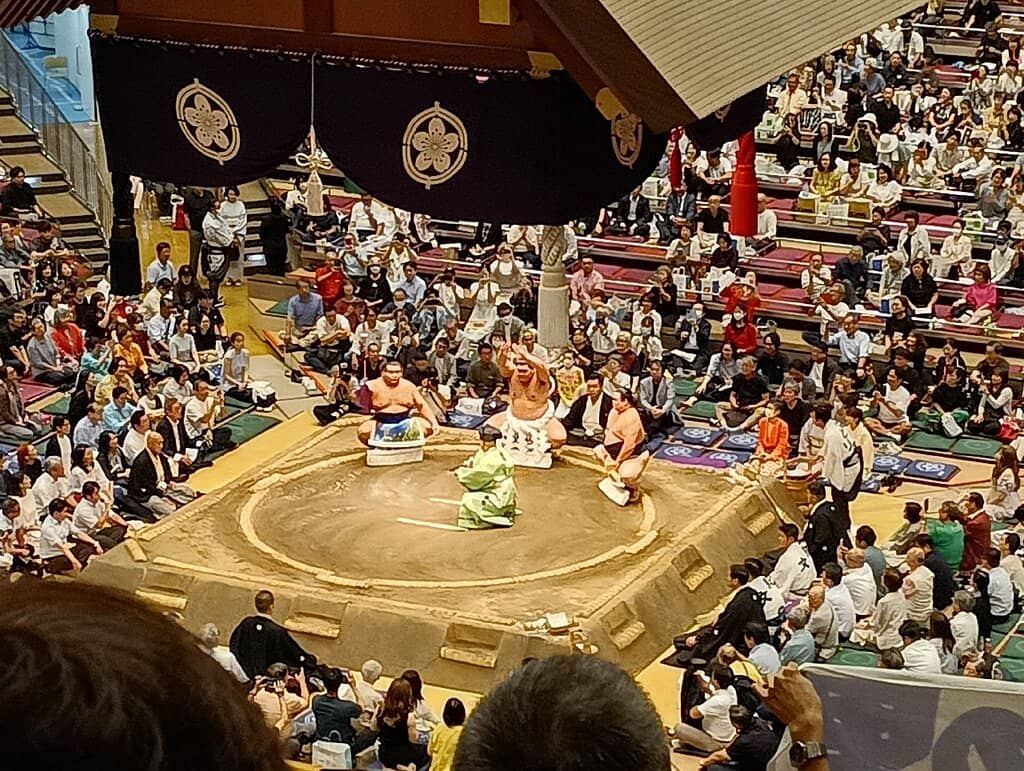
Sumo Museum
Inside Ryogoku Kokugikan
Discover the rich history of sumo, from ancient artifacts to modern wrestler memorabilia. A deep dive into the sport's heritage.
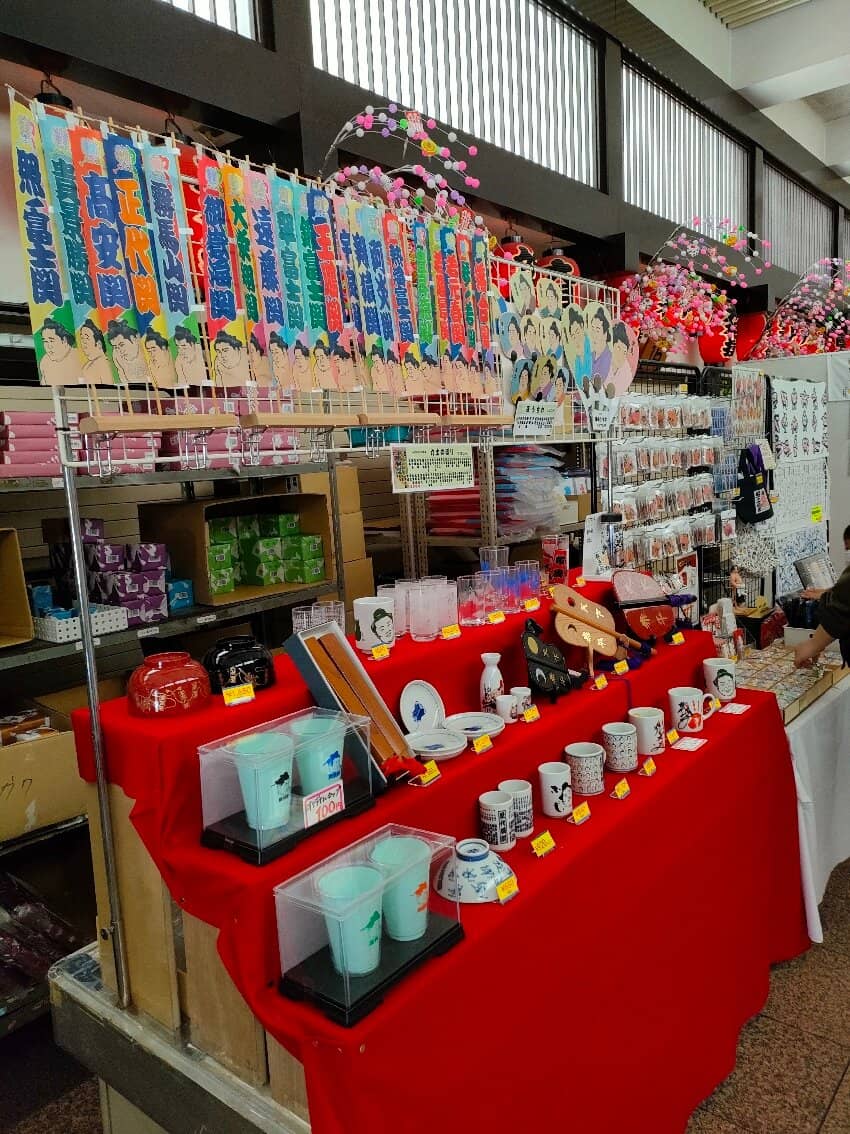
Chanko Nabe Restaurants
Ryogoku District
Savor the hearty, nutritious stew that fuels sumo wrestlers. A delicious culinary experience unique to the sumo district.
Plans like a pro.
Thinks like you
Planning Your Visit
Sumo Tournament Tickets: Act Fast!
Beyond the Ring: Explore Ryogoku
Best Times
Insider Tips
from TikTok, Instagram & Reddit
🎟️ Secure Tickets Early
Sumo tickets sell out fast! Buy on sale day from pia.jp/en/ or risk missing out.
🍲 Taste Chanko Nabe
Don't leave Ryogoku without trying sumo stew! Many restaurants offer this hearty dish.
Any tips on how to have a successful day at a sumo tournament?
👀 No Bad Seats
Most seats offer a good view of the dohyo. Even 2F seats provide a great experience.
🚶 Explore Ryogoku Station
See Yokozuna portraits and handprints at the station. A taste of sumo culture.
Tips For Going To Ryogoku Events
Tips
from all over the internet
🎟️ Secure Tickets Early
Sumo tickets sell out fast! Buy on sale day from pia.jp/en/ or risk missing out.
🍲 Taste Chanko Nabe
Don't leave Ryogoku without trying sumo stew! Many restaurants offer this hearty dish.
👀 No Bad Seats
Most seats offer a good view of the dohyo. Even 2F seats provide a great experience.
🚶 Explore Ryogoku Station
See Yokozuna portraits and handprints at the station. A taste of sumo culture.
🎁 Visit the Gift Shop
Pick up sumo posters, banzuke, and souvenirs at the Kokugikan office/shop.
What Travellers Say
Reviews Summary
Visitors rave about the unique cultural immersion of attending a sumo tournament at Ryogoku Kokugikan, praising the intense atmosphere and the sport's rich traditions. The surrounding Ryogoku district offers a deep dive into sumo culture, with delicious chanko nabe and historical insights. However, securing tournament tickets can be a significant challenge due to high demand.
"I had seen sumo wrestling on TV before, so getting the chance to attend a live tournament in Tokyo was something I was really looking forward to. I researched how to buy tickets ahead of time , the process was surprisingly easy. I purchased the tickets online and collected them from a Seven Eleven convenience store in Japan, which I then brought with me to the arena on the day.
Walking into the Kokugikan, we were amazed by the size of the arena. It’s massive, with a huge number of spectator seats all surrounding a single raised ring. From our seats up high (way up in the “nosebleeds”), the ring looked smaller than I expected. But during breaks, we walked around the lower level and got a much closer view of the action, which added a whole new level of appreciation.
The matches themselves were fascinating, each bout was intense but over quickly, and the rituals before each one were just as interesting. We thought we’d stay for about three hours but ended up staying for over five. The energy in the arena was fantastic, and the crowd was fully engaged.
If you're in Tokyo, this is a must-see cultural and sporting experience. I’d absolutely go again."
John Winter
"We were lucky – we managed to attend a real sumo tournament, and not a demonstration match for tourists. This is perhaps the most powerful impression of the trip. On the one hand, the tournament is a bright part of Japanese cultural traditions, on the other – proof that strength, tenacity, athleticism and even grace can coexist in an “unathletic” body. I have much more respect for Japanese strongmen than for slender office workers puffing in gyms after work. By the way, one of the best sumo wrestlers in Japan is Mongolian, so there is enough room for everyone in this exciting fight."
Game Garden
"Visiting from the U.S., this was my first time experiencing sumo wrestling—and I was surprised by how much I loved it. The Ryogoku Kokugikan hosts major sumo tournaments three times a year and is just a short walk from Ryogoku Station, making it super convenient to get to.
Even though I was seated pretty high up, the view was fantastic. The layout of the stadium makes it easy to see the action from almost anywhere. I did notice a few people using binoculars, which might be a great idea if you want to catch more of the detail up close.
We arrived around 3:30 PM and stayed until the end around 6:00, and honestly, time flew by—I could have stayed longer. The energy of the crowd was electric, and it was especially cool to catch glimpses of the wrestlers before and after their matches. I really wish I lived closer so I could come back more often. It was a truly memorable and unique experience!"
Sarah Stonehocker
What People Like
What People Dislike
Frequently Asked Questions
🚇 🗺️ Getting There
The Ryogoku Kokugikan is easily accessible via the JR Sobu Line to Ryogoku Station. You can also take the Toei Oedo Line to Ryogoku Station. Both stations are just a short walk from the arena.
While not directly adjacent to major tourist hubs like Shibuya or Shinjuku, it's well-connected by train. Many visitors combine a trip here with exploring the nearby Edo-Tokyo Museum (currently closed for renovations) or the Sumida River area.
Yes, you can often visit the Kokugikan's office and gift shop area even when no tournament is in session. You might be able to purchase sumo merchandise and learn more about the sport.
From Narita Airport, take the Narita Express to Tokyo Station, then transfer to the JR Sobu Line to Ryogoku Station. Alternatively, you can take a limousine bus directly to the Ryogoku area.
Parking at the Ryogoku Kokugikan is very limited and generally not recommended for visitors. It's best to use public transportation to reach the venue.
🎫 🎫 Tickets & Entry
Tickets are primarily sold through the official sumo ticketing website (sumo.pia.jp/en/) and can sell out very quickly, often on the first day of sale. Consider purchasing on a weekday for better availability.
Ticket sales typically begin a month or two before the tournament starts. It's crucial to check the official sumo association website for exact dates and times.
Seating ranges from ringside seats (masu-seki) to second-tier seats. Many users report that all seats offer a good view of the dohyo, even those further back.
While not guaranteed, some same-day tickets might be available for purchase at the venue on certain days, especially for less popular matches. Arrive early to check availability.
Ticket prices vary depending on the seating location, but expect to pay anywhere from ¥4,000 for upper-tier seats to ¥15,000 or more for ringside seats.
🎫 🎽 Onsite Experience
Be respectful of the wrestlers and the sport. Avoid loud disruptions during matches. You can cheer, but maintain a generally polite demeanor.
Yes, food and drinks are generally allowed inside, but it's best to consume them during breaks between bouts to avoid disturbing others. Many attendees enjoy bento boxes.
The Sumo Museum is typically open during tournament days and often for a few hours on non-tournament days. Check the official schedule for specific hours.
Yes, you can take photos of the arena, the dohyo, and the surrounding atmosphere. However, flash photography and recording during matches are usually prohibited.
Chanko nabe is a hearty, protein-rich stew traditionally eaten by sumo wrestlers. Many restaurants in the Ryogoku district specialize in this dish.
📸 📸 Photography
Photography of the arena and general atmosphere is usually permitted, but flash photography and recording during bouts are strictly prohibited to avoid distracting the wrestlers.
Capture the grandeur of the dohyo, the vibrant crowd, and the unique architecture of the arena. The entrance and exterior also offer good photo opportunities.
While you can photograph the wrestlers during their entrance and warm-ups, it's best to refrain from doing so during the actual matches to maintain respect for the sport.
Always check for posted signs regarding photography restrictions. Avoid using tripods or large equipment that could obstruct others' views.
Google Street View offers previews from various seating sections, giving you an idea of the view from different levels before you go.
For Different Travelers
Tailored advice for your travel style
👨👩👧 Families with Kids
Consider visiting the Ryogoku train station to see the impressive portraits and handprints of sumo legends, which can be a visual treat for younger visitors. If attending a tournament, opt for seats on the second tier, which might offer a bit more space and a good vantage point without being too close to the action. Remember to check for any specific family-friendly events or activities the Kokugikan might host outside of tournament periods.
🎟️ Budget Travelers
For dining, seek out local eateries offering chanko nabe away from the immediate vicinity of the arena, as prices can be more reasonable. The Ryogoku train station offers free visual attractions like wrestler portraits and handprints, providing a cultural immersion without cost. Look for same-day ticket options if you're flexible with your attendance, as these can sometimes be cheaper than advance purchases.
Deep Dives
In-depth insights and expert knowledge
The Thrill of a Sumo Tournament
When you arrive, you'll notice the distinct architecture of the Kokugikan, designed to evoke a traditional sumo stable. Inside, the centerpiece is the dohyo, the sacred clay ring where the bouts take place. The rituals surrounding the matches, from the salt-throwing to the stomping, are as much a part of the spectacle as the wrestling itself. Many visitors find that even seats on the second level offer excellent views, so don't despair if you can't get ringside seats.
Beyond the matches, the surrounding Ryogoku district offers a chance to delve deeper into sumo culture. You can find numerous restaurants serving chanko nabe, the hearty stew that is a staple of sumo wrestlers' diets. The Ryogoku train station itself is adorned with portraits and handprints of famous Yokozuna (grand champions), and the Sumo Museum within the Kokugikan provides a fascinating historical context to the sport.
Experiencing Ryogoku Beyond the Sumo Arena
A must-do for any visitor is to try chanko nabe. This flavorful, hearty stew is the traditional meal of sumo wrestlers, packed with protein and vegetables. Numerous restaurants in Ryogoku specialize in this dish, offering a delicious and authentic culinary experience. Exploring the streets, you'll find sumo-themed shops selling merchandise, from miniature dohyo to wrestler figurines. The Sumo Museum, located within the Kokugikan, is a treasure trove of sumo history, featuring historical artifacts, kimonos, and displays on the sport's evolution.
Don't miss the Ryogoku train station, which is a mini-museum in itself, adorned with large portraits of past Yokozuna and their impressive handprints. For those interested in a more casual sumo experience, some establishments offer 'sumo shows' combined with a meal, which can be a fun alternative if tournament tickets are unavailable. The area also boasts smaller museums and monuments dedicated to sumo's rich heritage, making it a rewarding destination for cultural exploration.

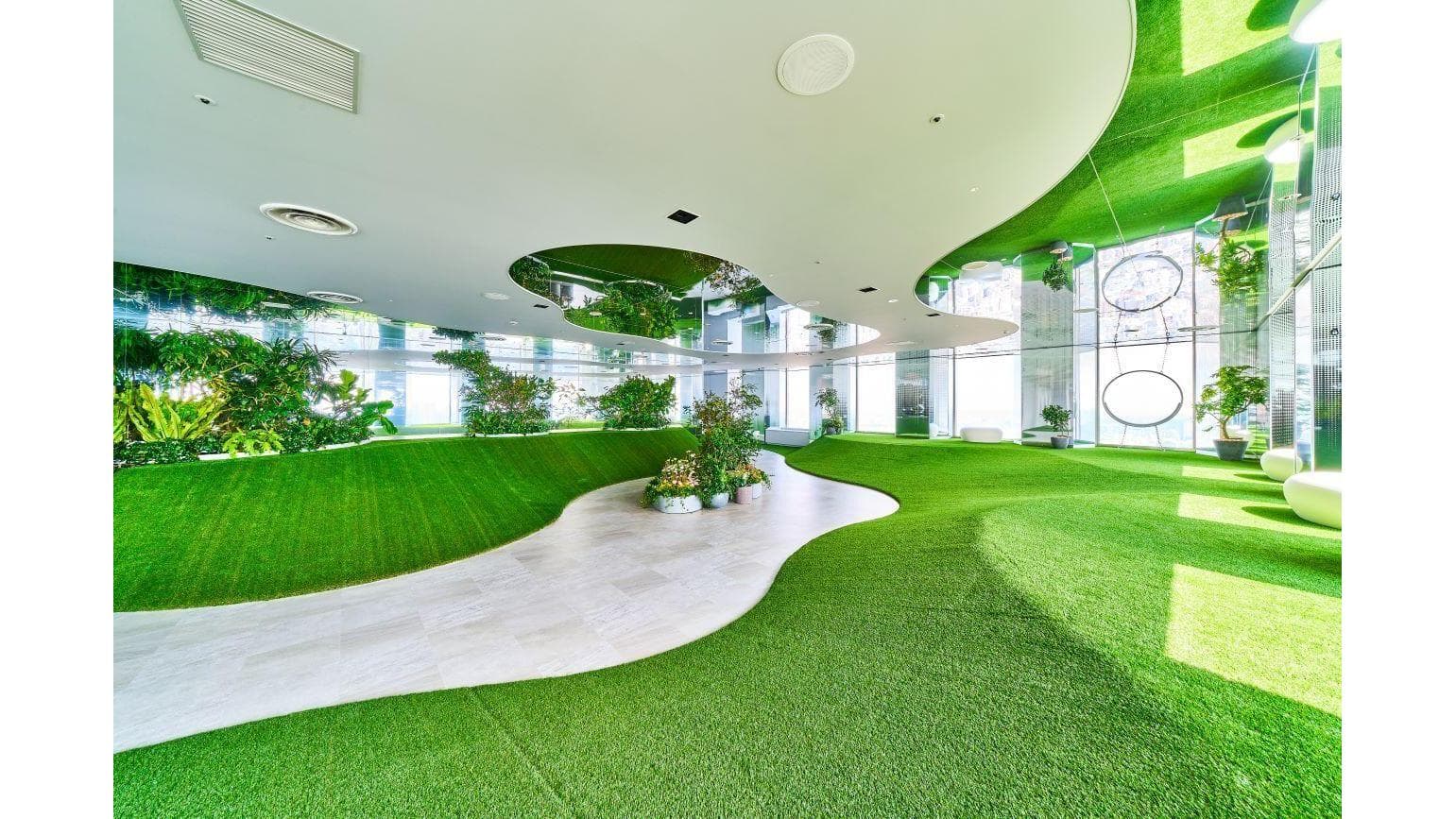



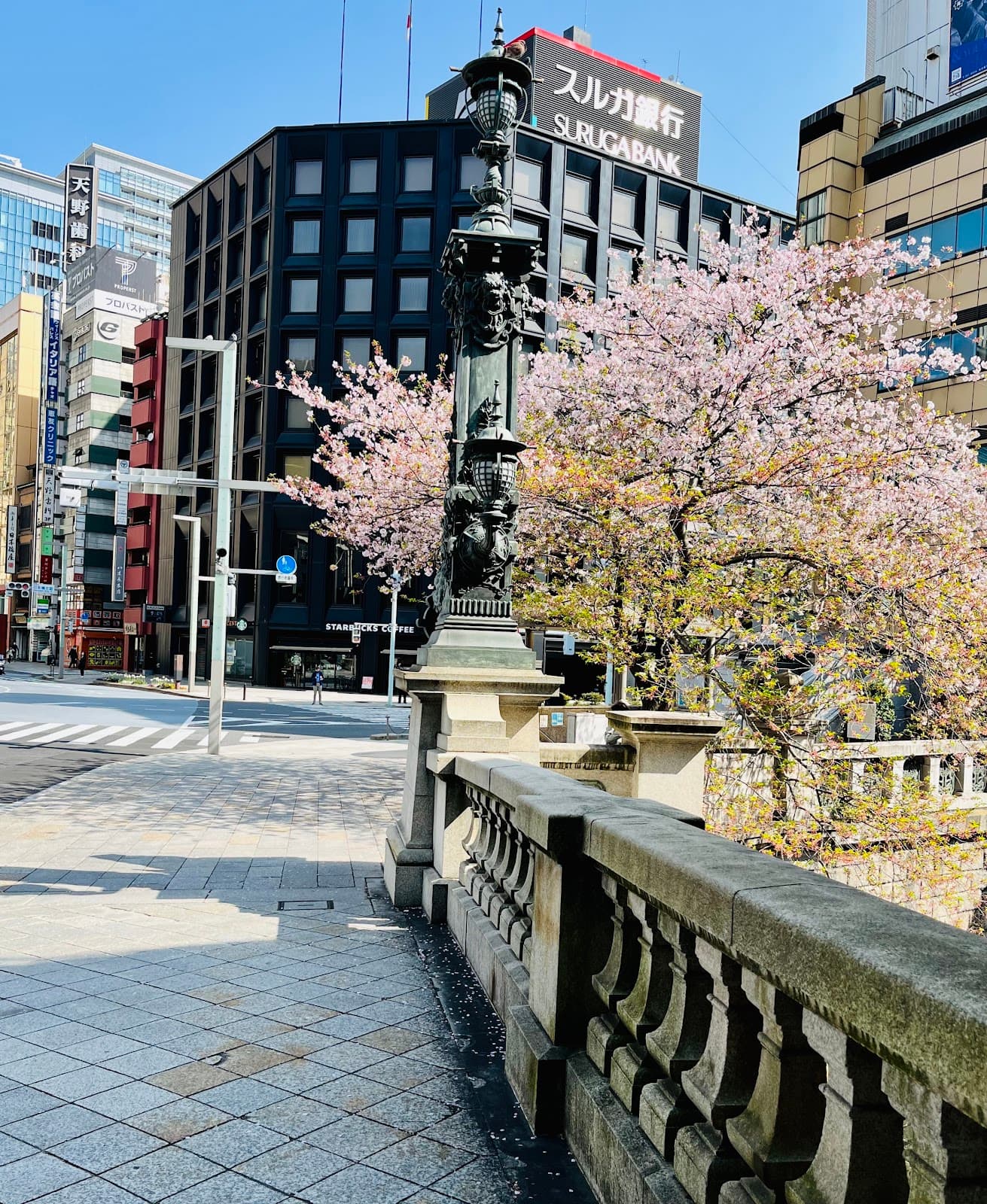
Social
from TikTok, Instagram & Reddit